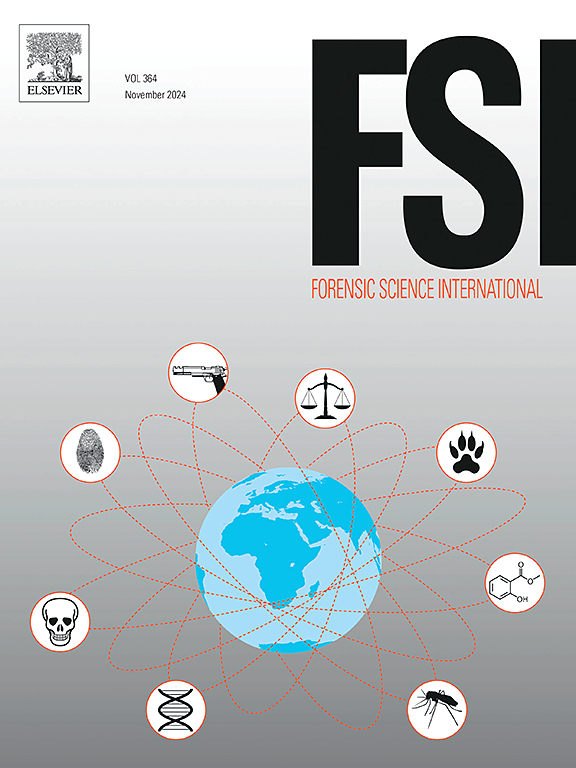Methods of extraction of genetic material from hard tissues: A review of the 21st century advancements
IF 2.2
3区 医学
Q1 MEDICINE, LEGAL
引用次数: 0
Abstract
Skeletal remains are the only source of the genetic material of decomposed organisms or once-lived species. Unlike, soft tissues they are highly mineralized, and their anatomical and morphological structure prevents their deformation in the presence of adverse environmental factors. Therefore, bones and teeth protect the Deoxyribonucleic Acid (DNA) inside them. Obtaining DNA from hard tissues comes with challenges like contamination, degradation, PCR inhibitors, damage done by the environment on remains, etc. Traditional methods have been in use for a long time. To overcome the challenges in extracting DNA from hard tissues, researchers introduced various modifications, with time, to the standard procedures. We have reviewed the innovative approaches developed during the period ranging from 2000 to 2024, using the Google Scholar search engine. The last innovative method was discovered in 2021. Each method solves a particular challenge and makes it easier for future researchers to opt for a suitable protocol according to the specific requirements of their study. The methods were renamed based on their core specification, such as Carrier-Mediated Precipitation Method, CTAB Method, Buffered-Nondestructive Extraction Method, MDNAMI Method, Demineralization protocol, Rapid Column-based DNA Extraction, Bone Powdering and Bone Slicing, Short Fragmented DNA Extraction, Highly Degraded DNA Extraction, and Non-destructive Tooth DNA Extraction. A collaboration of researchers from forensic science, anthropology, archeology, evolutionary biology, molecular biology, etc. may develop more sophisticated techniques that ease extraction, increase yield, and reduce contamination of DNA from hard tissues.
求助全文
约1分钟内获得全文
求助全文
来源期刊

Forensic science international
医学-医学:法
CiteScore
5.00
自引率
9.10%
发文量
285
审稿时长
49 days
期刊介绍:
Forensic Science International is the flagship journal in the prestigious Forensic Science International family, publishing the most innovative, cutting-edge, and influential contributions across the forensic sciences. Fields include: forensic pathology and histochemistry, chemistry, biochemistry and toxicology, biology, serology, odontology, psychiatry, anthropology, digital forensics, the physical sciences, firearms, and document examination, as well as investigations of value to public health in its broadest sense, and the important marginal area where science and medicine interact with the law.
The journal publishes:
Case Reports
Commentaries
Letters to the Editor
Original Research Papers (Regular Papers)
Rapid Communications
Review Articles
Technical Notes.
 求助内容:
求助内容: 应助结果提醒方式:
应助结果提醒方式:


